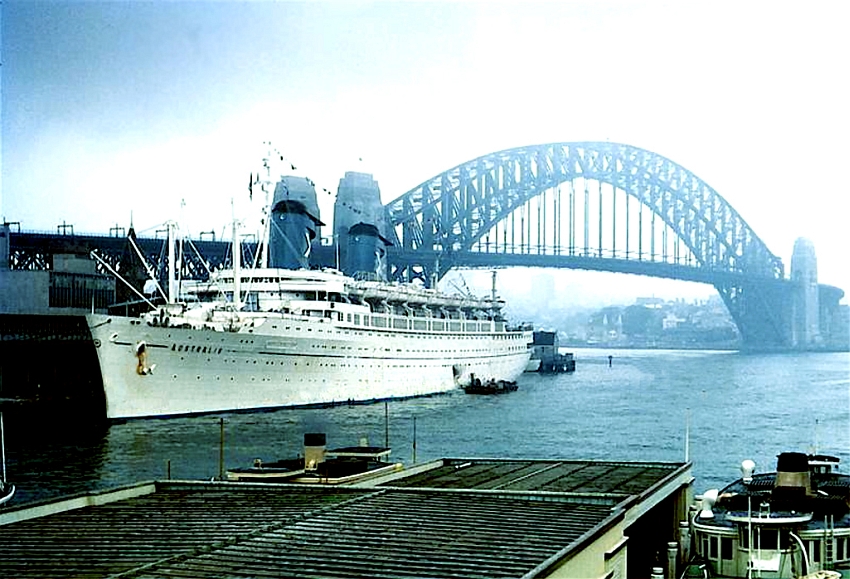
Australis – SS America: The Migrant Ship in Australian History
As one of the most important parts of Australian history stems from naval trips, many ships have played a role in making Australia the nation that it is today. There have been a great many moments in Australian history that have led to the multicultural melting pot that makes up this incredible nation today. Part of that history comes from the SS America, or what became known as the Australis. For the purposes of understanding, we will be referring to this ship primarily as the Australis for the rest of this article.
This was a major ocean liner that was built in the United States in 1940. It was designed by the famous architect of the era, William Francis Gibbs. It played a huge role in numerous different journeys, but its history as a migrant ship is well understood. It was designed firstly to take part in the United States Lines, but over history this changed and evolved. Over a 54-year lifespan, the Australis managed to carry names. From its original name as the SS America to the life after, this is a shop with an incredibly interesting history.
Humble beginnings
The Australis was first laid down in August 1938 when it was developed at the Newport News, Virginia. This was a major building operation, and was one of the few ocean liners that had an interior designed by females. The gorgeous interior decoration carried a less opulent and over-the-top tone that had become commonplace in ocean liners. Instead, a more contemporary and modern look was used that helped to match the exterior design.
This made a sophisticated, upbeat ship as opposed to one that felt needlessly imperialised. The launch came in 1939, with Eleanor Roosevelt, the wife of Franklin D. Roosevelt, the U.S. President of the era, sponsoring the ship. It entered service as part of the US Lines in 1949, and took part in her maiden voyage.
With a whopping 543 people in cabin classes, 418 people in tourist class, 241 in third class, and close to 650 crew, this was a very busy ship.
Infiltration
When still the America, the ship was infiltrated by a pair of spies in 1941 – Franz Stigler and Erwein Siegler. They were crew members who managed to obtain crucial information about ships and military defence programs across the Panama Canal. They also met with other Germans to tell them of the information they had founded. This helped them to work undercover for years, and were on the ship until it was converted from an ocean liner to a troop transport.
At this point, it was renamed the USS West Point, and was commissioned by the US Navy. The gentleman were eventually found and sentenced to sixteen and ten years in prison respectively.
From 1941-46, serving as the USS West Point, the Australis played a key role in helping transport troops to and from battle. After the end of the Second World War, it returned to a career as part of the US Lines until 1964. As the late 50s and 60s began, the ship spend much of its time heading across the US-Europe route, as well as taking trips to various tropical ports. Taking on numerous transatlantic voyages, the ship soon became hugely popular.
The Australis
The most notable period of history for the ship, though, arrived during a period from 1964 until 1978. At this point, it was sold to the Chandris Group, a Greek-based consortium. The ship was beginning to find newer, faster ships that could offer the same quality – air travel, too, was becoming a major competitor. However, with many European’s deciding to emigrate to Australia in the decades after the war, the ship was taken on to help provide trade for those unable to afford more luxurious travel. At this point, it was renamed as the Australis.
A major refit took place, with over 300 new cabins installed and improvements to previous cabins were made. This brought the passenger capacity from an impressive 1,200 up to over 2,200. It took on its maiden voyage as the Australis in August 1965, traveling from Southampton to Australia and New Zealand. This also seen stop-offs at the Greek port city of Piraeus, as well as a stop as Suez.
Starting from major European ports like Southampton and Rotterdam, it would take on a round-the-world trip that seen it become a major part of the emigration era. Indeed, the Australis was the last liner providing regular service to Australia via Southampton until its final voyage as late as 1977. When it arrived in Auckland in December 1977, it was laid up there.
The cost of running a liner and the cost of improving an old and outdated infrastructure meant that the Chandris Group pulled the Australis from action in 1978.
From here, it was sold on to the Venture Cruise Lines in New York. It was renamed the America at this point, trying to build on its strong US heritage and encourage people to take a more ‘retro’ cruise experience. The ships hull was painted to a red and blue scheme, making it look more American by design.
Life after the Australis
However, the ship itself was in bad condition due to the years it has been active. When takin on its first sailing trip as the America in 1978, it was noted to not be in fully finished condition. Poor condition was common, with old, worn mattresses and a litany of trash and debris ruining the ships aesthetic. The kitchens were ruined, too, while plumbing back-ups and engine oils created unenjoyable sounds for anyone who was onboard.
The ship was dripping, too, with various leaks in the overhead pipes leading to sodden, soaked decks. A growing list of problems meant that every tidy-up and recovery brought even more headaches to be solved. Painting was rushed and poor standard, with brush strokes seen all over the stainless steel trimming of the ship. Indeed, during its maiden voyage, disgusted passengers forced the captain to return to New York, having only just gotten passed the Statue of Liberty. Over 950 passengers left upon docking, and some 200 left at Staten Island.
In July 1978, it was allowed to leave for a cruise trip to Nova Scotia. However, it led to some $2.5m in claims being made by passengers due to the shambolic standard onboard. New issues were found, and all further sailings were soon cancelled. It was given a 6/100 score on a US Public Health Service inspection, and was forced to be sold on by the US District Court.
Nomadic years
The ship was sold back to the Chandris Group for $1m, and it was renamed to the Italis. Various modernisation plans were put in place, though various new additions were never actually completed. It took on its first journey as the Italis in 1979, and was used as a hotel ship. It carried out trips to places like the African Unity Conference, as well as trips to places like Italy, Spain, Egypt, and Israel.
However, the poor condition was seen as a major issue, and the ship was eventually laid up in Piraeus once again in September 1979. It was sold on to the Intercommerce Corporation in 1980, with the intention of turning it into a prison ship. This never took place. Instead, another sale took place in 1984, with the ship renamed again to the Alferdoss. The name, though, was still shown as the Noga.
It was eventually sold for $2m for scrapping, with a $1m deposit. However, the scrappers defaulted on payment and pulled out of finishing the job. This left the ship in a state of being half-scrapped, and it stayed in this unfortunate condition until 1993.
Wreckage and current status
The Australis was eventually sold on to be refitted to become a five-star hotel ship, but too many years of neglect meant that the shgip required major work to restore it to any meaningful condition. It was renamed the American Star and was towed from Greece in 1993, but had to return until later on in the year due to poor weather.
During a hundred-day tow, though, the American Star and its tow ship, the Neftegaz-67, sailed into a thunderstorm. The tow-lines broke and crew went aboard to re-attach, but were unable to do so. Other boats arrived, and the crew were rescued by helicopter. The ship, though, was left adrift, and it went aground on the western coast of the Canary Islands in January 1994.
The ship was declared a total loss by July 1994, and it became nothing more than a local landmark for people to come and look at. Today, the wreckage is used as a tourist exploration with the wreck breaking off in 2007 and falling into the sea. In 2019, a period of calm waters allowed scuba divers to go and take a closer look at the condition of the ship, with most of it now disintegrated or half-buried in sand.
It is, though, a teeming sight for those who wish to view marine life. While the Australis once played a key role in the migrant history of Australia, today it is nothing more than a wreckage underwater for those with an interest in maritime history to come and see for themselves.
Seacraft Gallery – October 2021
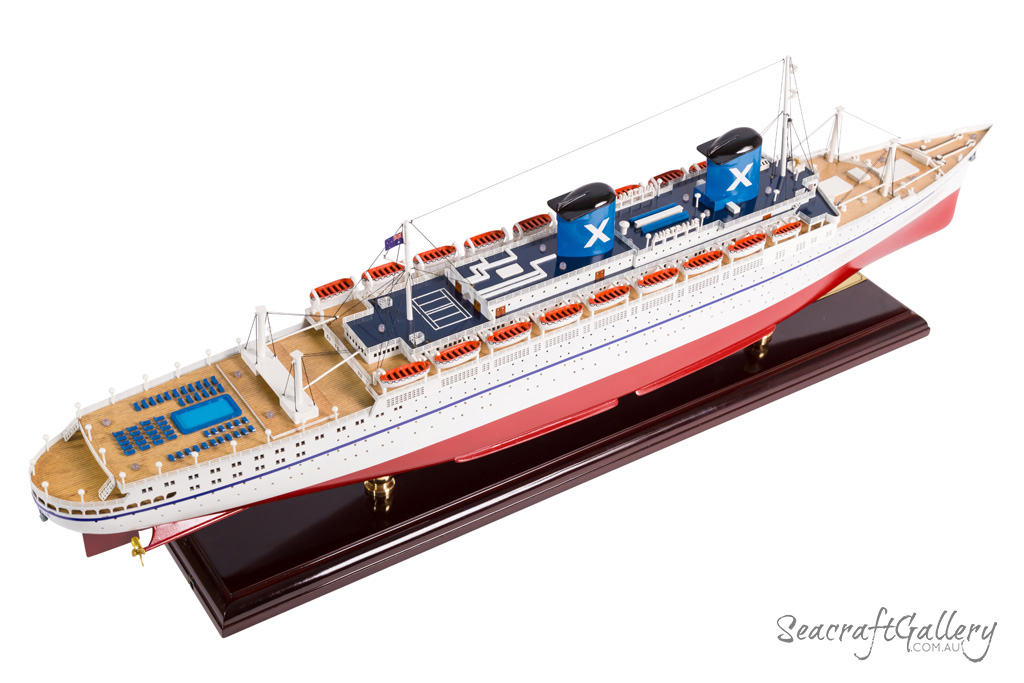











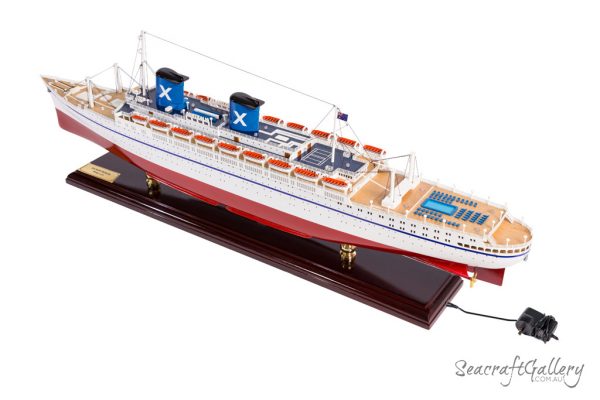
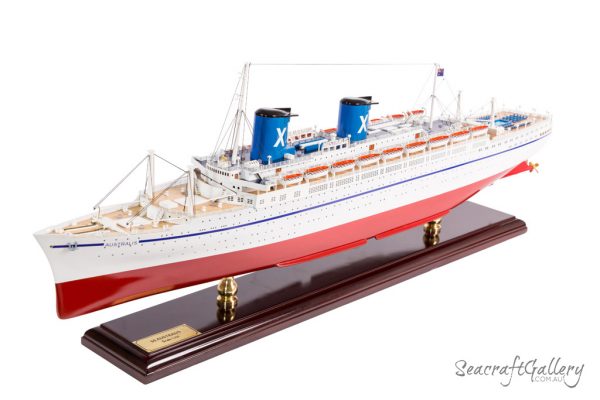
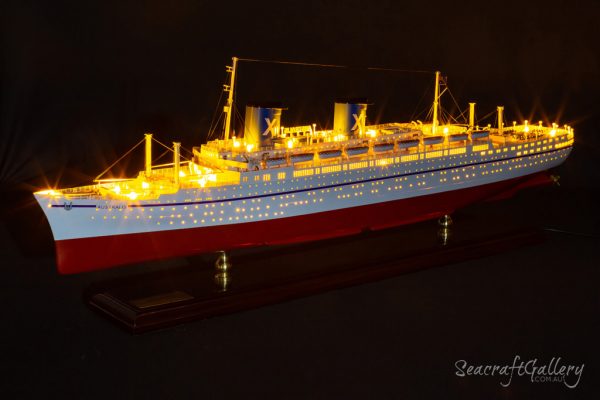
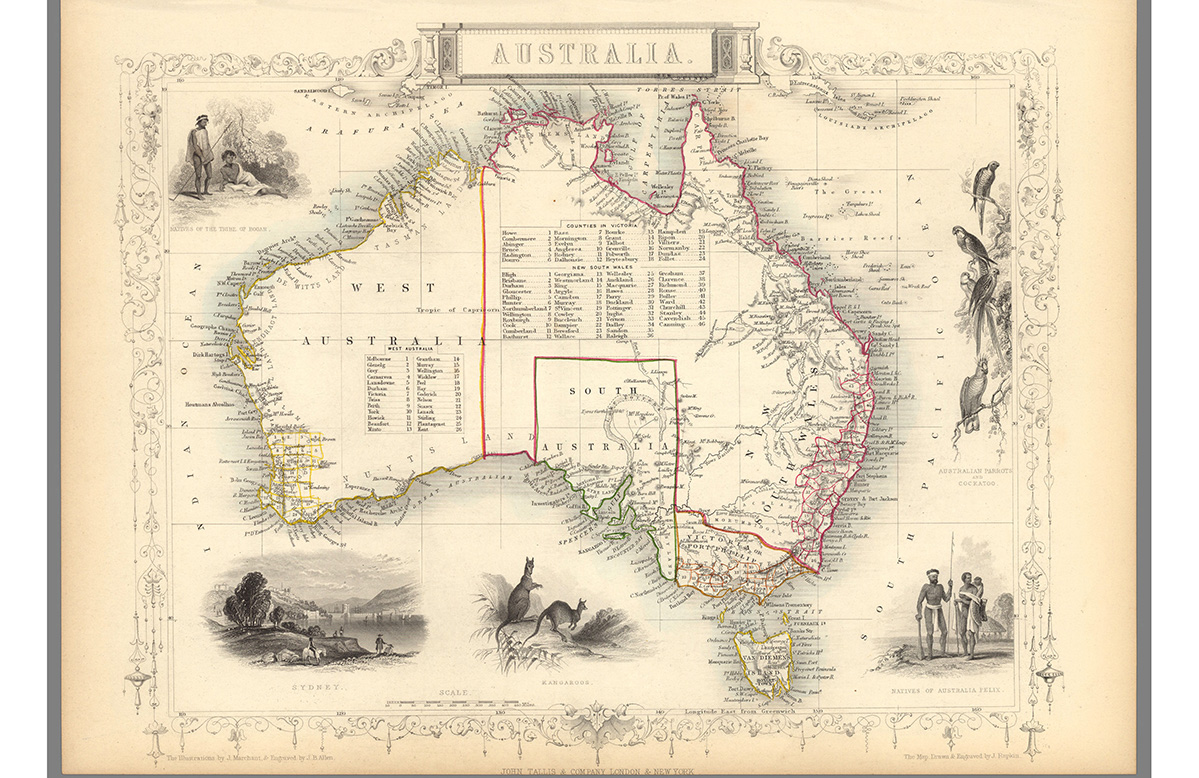
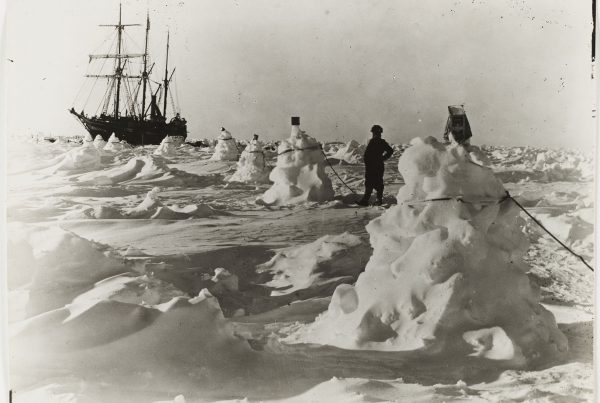
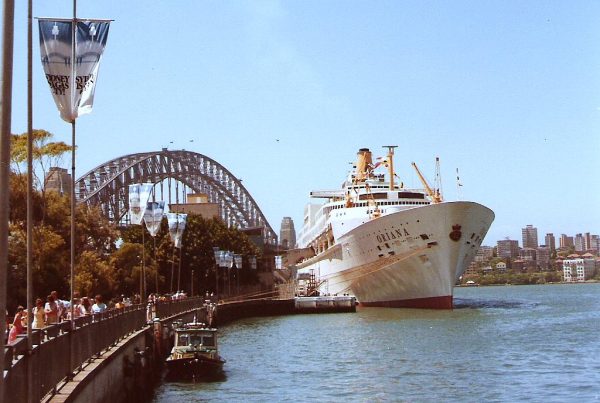
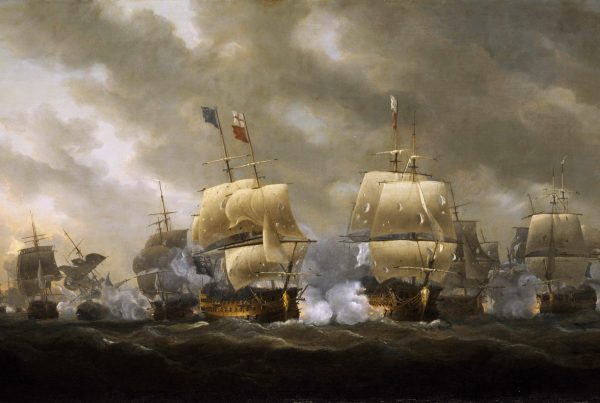




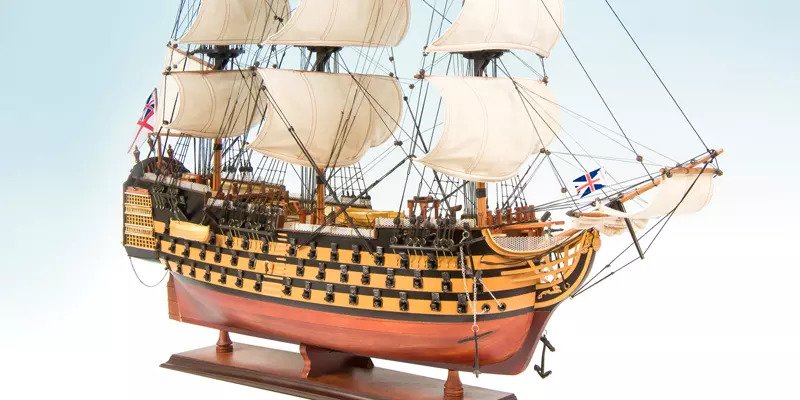
Hi,
Would you have any photos of the Australis docking in Melbourne?
No photos…but i was aboard when the rock group boarded in Melbourne for the end of the trip to Sydney….fond memories,,,
SHERBET